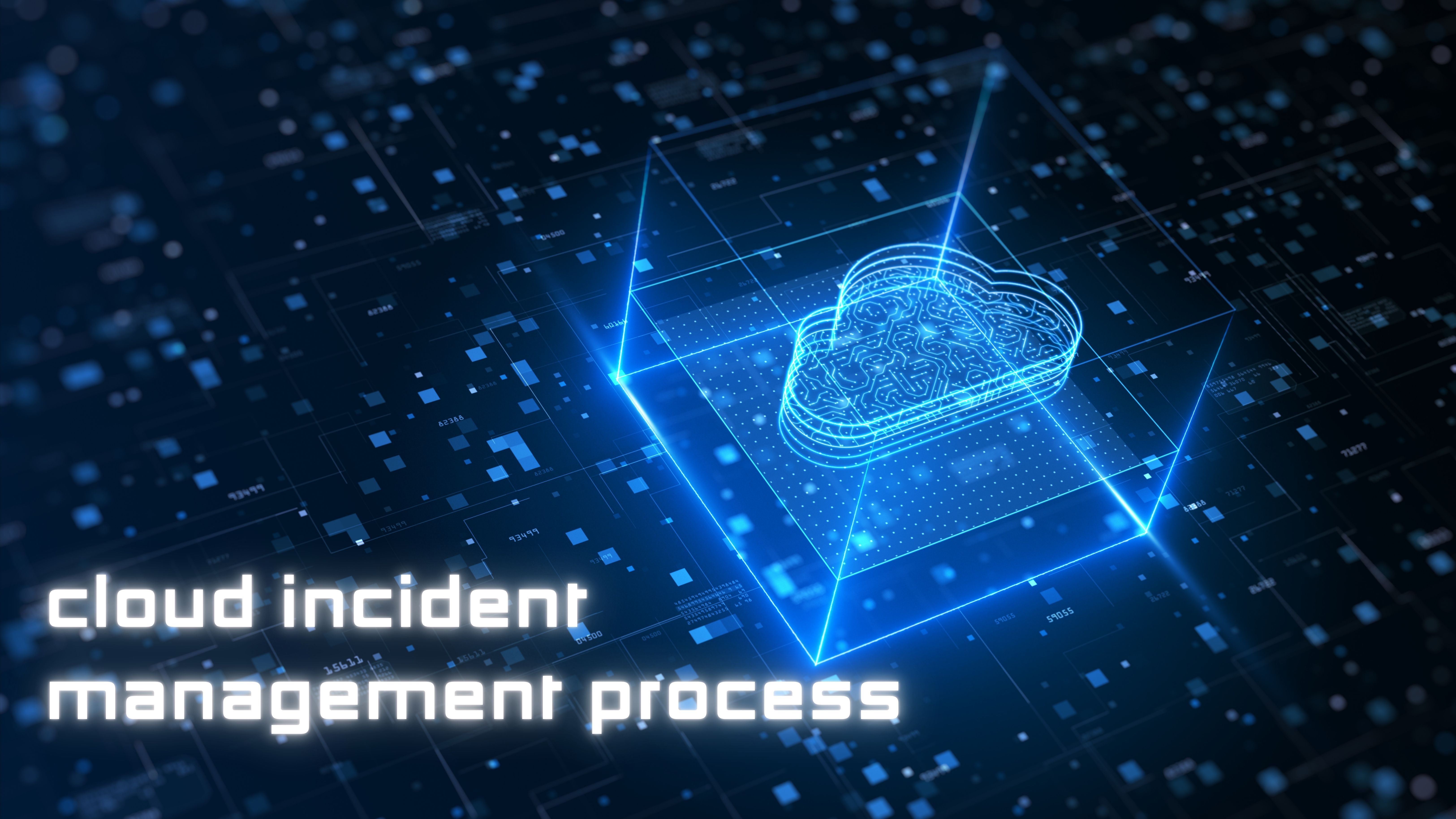Article
7 min read
How Not to Mismanage Cloud Service Management - Part 2
In this series, we aim to explore the challenges organizations face when adopting cloud-based solutions. In the first part of the series, we examined the design and lifecycle of services. Now, in Part Two, we will focus on the ITSM processes that we believe are most critical when dealing with cloud solutions. The third and final part of this series will cover governance and cost control.

The importance of processes
To ensure that services deliver genuine customer satisfaction, it is vital to establish well-designed, cloud-optimized processes. From a methodological standpoint, ITIL v3 defines 24 processes built around the service lifecycle, while ITIL 4 outlines a total of 34 practices.
In practice, the fast-paced nature of cloud solution development makes it impossible to treat all topics with equal priority. The challenge, therefore, lies in identifying, defining, and documenting the processes that are absolutely essential for customers to effectively utilize the services provided.
Based on our experiences in numerous projects involving service management, operations, and security processes, there are a few key processes that must be defined and communicated to ensure efficient operations:

Incident Management
For IaaS, PaaS, and SaaS solutions, clients are typically responsible for various configurations and operational tasks, but to varying degrees. It is crucial to clearly define operational layers and the resolution groups associated with each layer.
One key advantage highlighted in cloud strategies is the simplification of operational models, as some components are managed by the cloud provider. However, this advantage can only be fully realized if the processes are well-structured to ensure effective detection and resolution. This involves establishing seamless, transparent, and efficient communication—ranging from the user reporting the issue to the resolution teams and even the cloud provider when necessary.
Our experience indicates a significant shortage of professionals skilled in cloud technology operations. This makes it more critical to develop highly efficient processes for troubleshooting and incident resolution.
Incident management is closely tied to problem management, whether in proactive or reactive forms, as well as monitoring and event management.
Change Management
Alongside effective incident management, robust change management is also essential. Change management in the context of cloud services differs significantly from traditional, on-premises processes.
With much of the operational responsibility shifted to the cloud provider, tracking changes becomes paramount. Cloud environments often rely on highly automated development pipelines and cutting-edge tools. The DevOps approach and platforms like Azure DevOps pose unique challenges for teams striving to establish controlled yet efficient change management processes.
A common pitfall is losing the benefits of CI/CD workflows, automated testing, and similar innovations to overly complex change or release processes. For instance, days saved through optimized pipelines may be offset by weeks of waiting for CAB (Change Advisory Board) approval.
To fully leverage modern technologies and enhanced speed, it's crucial to refine the traditional framework of standard, normal, and emergency changes. By clearly defining responsibilities and decision checkpoints, organizations can develop safe yet efficient change management processes, with a strong emphasis on communication.
While many organizations stick to familiar regulatory frameworks, our experience shows that even heavily regulated sectors like energy, telecommunications, and finance can implement solutions that ensure compliance while maintaining agility and operational efficiency.
Request and Demand Management
Beyond operational support processes, customer satisfaction depends heavily on effective request management. Users need clear, transparent guidelines on what cloud services are available, how they can be accessed, and under what conditions.
For services offering access to development platforms (PaaS), it is particularly important to highlight the advantages of cloud solutions over on-premises alternatives. Infrastructure-as-Code (IaC) solutions enable organizations to create development and production environments, as well as virtual infrastructure elements, faster and more efficiently than ever before. These environments are optimized, automated, and auditable directly from code.
Additional processes
Defining and maintaining general and cloud-specific parameters in the service catalog ensures transparency. Effective configuration management, including the identification of Configuration Items (CIs) and the integration of tools to keep them up to date, is essential for managing changes.
Constructing services from their components allows organizations to assess the impact of changes more accurately. This is especially critical in hybrid environments that combine on-premises and cloud components. Depending on the use case, business continuity and capacity management processes may also be key areas to address when working with cloud solutions.
Each organization should examine how its existing ITSM operations can best serve its customers and ensure that the benefits of cloud services translate into real business satisfaction and enhanced user experiences.
In the next, final part, we will explore how proper governance can ensure control over cloud usage and how costs can be managed and optimized.
About author

As a senior consultant, István Hérány is mainly involved in process development and service design, creating operational models and managing IT projects. He has experience in the telecommunications, energy and financial sectors and is certified in IT service management (ITIL 4), cloud technologies (Azure) and project management methodologies (PMP).



